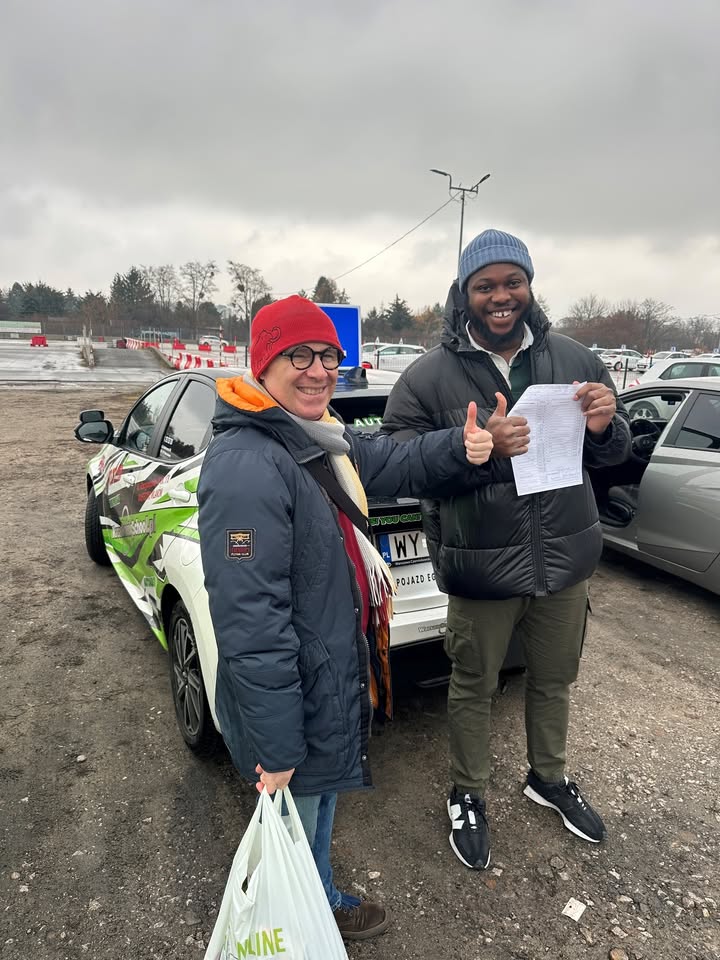Understanding Driving Licenses: Types, Requirements, and Frequently Asked Questions
Driving is an essential aspect of modern life, and getting a driving license is a critical milestone for lots of individuals. This short article explores the numerous types of driving licenses available, the requirements to obtain them, and answers frequently asked concerns related to the subject. A well-informed viewpoint on driving licenses can assist people understand the significance of selecting the appropriate kind of license to fulfill their needs.
Kinds Of Driving Licenses
Driving licenses can vary in between countries and regions, but they usually fall under several major categories. The following table sums up the most common kinds of driving licenses, including their functions and common restrictions.
| Type of License | Description | Common Restrictions | Eligibility Age |
|---|---|---|---|
| Student's Permit | Allows novice motorists to practice. | Must drive with a licensed adult. | 16-18 years old |
| Class C License | Standard license for guest automobiles. | No restriction on variety of travelers. | 18 years or older |
| Class A License | Business license for big vehicles. | Need to abide by stricter guidelines. | 21 years or older |
| Class B License | For driving buses and bigger cars. | May require unique recommendations. | 21 years or older |
| Bike License | For operating motorbikes. | Need to use a helmet; varies by state. | 16-18 years of ages |
| International License | Enables legal driving in foreign countries. | Must have a valid domestic license. | 18 years or older |
Student's Permit
The learner's authorization is the first step for numerous people venturing into the world of driving. This authorization enables beginner motorists to practice driving under supervised conditions, typically requiring a licensed adult over a particular age to accompany them in the lorry.
Class C License
The Class C license is the most frequently held driving license, enabling individuals to operate standard passenger cars. This license typically has actually fewer constraints compared to other classifications.
Class A and B Licenses
Class A and B licenses are needed for running business lorries. why not try here need special training and testing, guaranteeing that drivers are equipped with the abilities needed for maneuvering bigger and more complicated vehicles securely.
Motorbike License
People interested in riding bikes should obtain a motorcycle license, which can need extra training and testing. Security gear, such as helmets, is typically mandated by law.
International License
A worldwide driving license allows individuals to drive in foreign countries, but it is important to have a legitimate domestic driving license in combination with the global authorization.
Requirements to Obtain a Driving License
The requirements for obtaining a driving license can vary significantly by jurisdiction. Nevertheless, there prevail actions and requirements that the majority of candidates will encounter. Below is a list of basic requirements:
Age Requirement:
- Minimum age differs; learner's licenses are often released at 16, while complete licenses might require candidates to be 18 or older.
Vision Test:
- Most jurisdictions require candidates to pass a vision test to ensure safe driving abilities.
Written Test:
- New drivers should pass a written exam that covers traffic laws, road indications, and safe driving practices.
Driving Test:
- Practical driving tests are carried out to show an applicant's ability to run an automobile securely under numerous conditions.
Charges:
- Payment of application and screening charges is usually required.
Evidence of Identity:
- Applicants need to provide legitimate identification, such as a passport or birth certificate, together with proof of residency.
Parental Consent (for minors):
- Parental or guardian approval is frequently needed for applicants under the age of 18.
Comprehending the various types of driving licenses and their involved requirements is crucial for anyone looking to drive legally and securely. Each license serves a distinct function, dealing with various driving needs, from standard automobiles to industrial transportation and motorcycles. By fulfilling the required requirements and sticking to policies, striving chauffeurs can take pleasure in the freedom of driving while guaranteeing their safety and the security of others.
Often Asked Questions (FAQs)
What do I need to bring when using for a driving license?
- You generally require to provide identification, evidence of residency, and any needed application fees. Consult your local DMV or licensing authority for particular requirements.
The length of time does it take to get a driving license?
- The timeline can differ based on individual circumstances, such as how rapidly one can complete the required tests, and whether there is a stockpile at the licensing authority.
Can I drive with a learner's authorization?
- Yes, but you must be accompanied by a licensed motorist and stick to constraints set by your regional laws.
What occurs if I stop working the driving test?
- You normally have the alternative to retake the test after a designated waiting period, which differs by jurisdiction.
Is it needed to take a driving course?
- While not always compulsory, taking a motorist's education course can be helpful and is frequently needed for people looking for a learner's authorization.
By being informed about the kinds of licenses readily available, the requirements required for acquiring one, and the related regulations, possible chauffeurs can browse the process of acquiring a driving license with self-confidence.

